
Americans’ focus on their health has only grown over the years. People worry about the food they are eating and the amount of exercise they get each day. They are also concerned about what they are putting into their bodies when it comes to drinks.
Health-conscious folks often look to avoid beverages that contain alcohol and sugar, as they can make them sluggish and slow. And some people go beyond just avoiding drinks that may hurt their health, instead swapping them out for beverages that might add some healthy benefits.
The Asian Diet is Thought to Be Especially Healthy
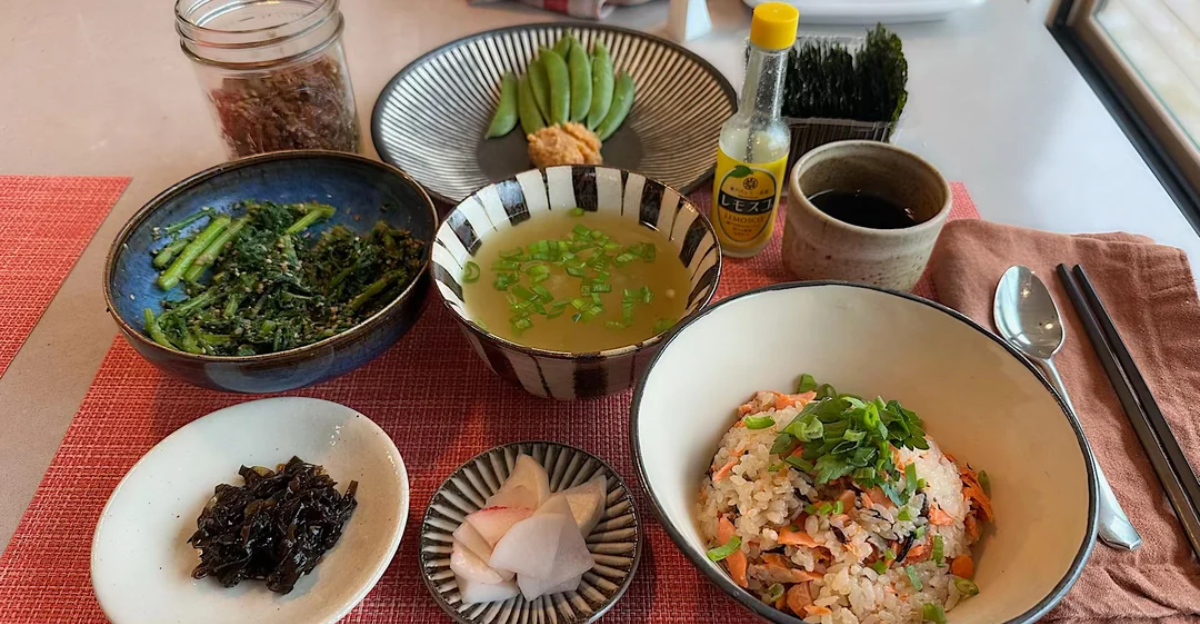
As people go on their journey toward better health, they often look for cultures where health is prioritized, and this sometimes leads them to Asian diets. The diets in Asian culture are low on processed foods, meats, refined grains, and added sugars.
People in Asian countries also get a large variety of antioxidants from the foods they eat and the beverages they drink. Many Asian people also incorporate herbs and plants into their diet, and these add additional benefits that people in the Western world don’t customarily get. It is common for individuals to incorporate Asian ideas into their diets.
Matcha Has Been Gaining In Popularity for Years

Matcha is a green tea that was first cultivated in China in the 14th century. The plant was soon banned in the country, and most matcha has come from Japan since the 16th century. The tea is green in color, with a strong flavor of umami.
One of the main benefits of matcha is the presence of polyphenols. These are a kind of naturally occurring compound that is said to have benefits for the heart and anti-inflammatory properties. So matcha not only gives an energy boost but also a health boost.
Americans Started Gravitating Toward Matcha in the 2010s

People in the U.S. have long been looking for products that can create a health benefit for them. And around the early 2010s, matcha became a major trend. People were more than happy to swap out their daily coffee for a morning beverage that could also aid in their health.
You began to see matcha in trendy coffee shops before the trend boomed enough that even the big chains started to get in on the act. You can go to Dunkin Donuts or Starbucks today and order an iced matcha l
With Demand Outpacing Supply, the Prices for Matcha Are Booming
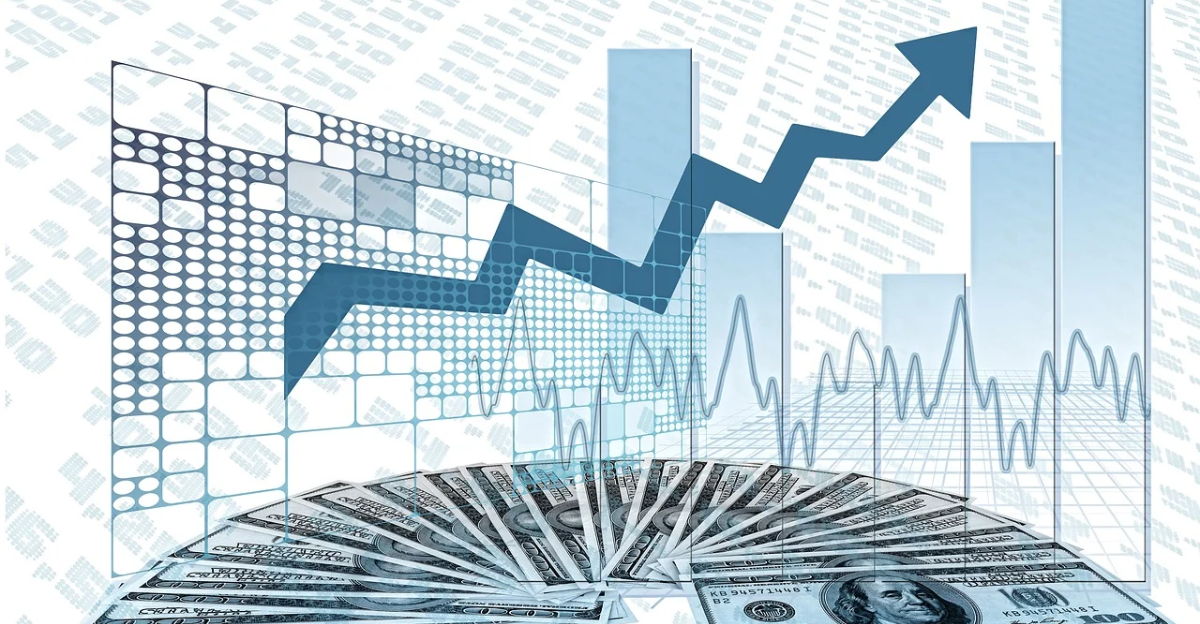
It is not just the United States that is drinking lots of matcha; many other countries are as well. The drink has become so popular worldwide that the supply cannot quite meet the demand. And that has led to heavy price increases.
The Global Japanese Tea Association has reported that the price for matcha is now 1.7 times higher than it was at this time last year. Tea shop owners have said that while this year’s more expensive crop is heavy in quality, there just isn’t enough of it.
It Is Not So Simple to Just Make More Product

With matcha being so popular, one may argue that producers should just make more of it. But that solution is easier said than done. The cultivation of the product is very labor- and time-intensive, and farmers are strict about preserving traditional production methods.
Farming is also becoming less popular in Japan, and the number of farmers who are producing matcha is going down, as it needs to go up. Some matcha farming is also done in China and Vietnam, but nowhere near enough to meet demand.
This Was a Bad Season Weather-Wise
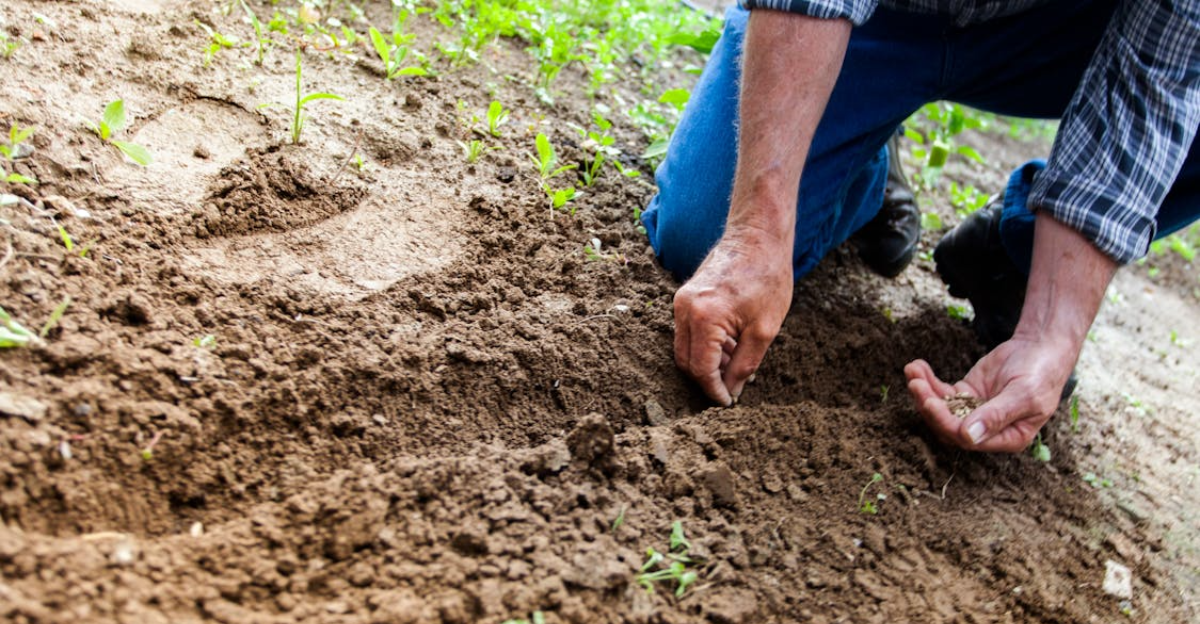
It is not only hard to cultivate the leaves that create matcha, but they are also subject to the whims of the weather. The vast majority of matcha is grown in Kyoto, and the region had a really poor farming season this year.
The weather through much of the season was hot and dry, resulting in less of a yield than was usual. So at a point where demand is through the roof, the supply, at least for this year, was lower than what is normal.
Will the Tariffs Affect the Cost of Matcha
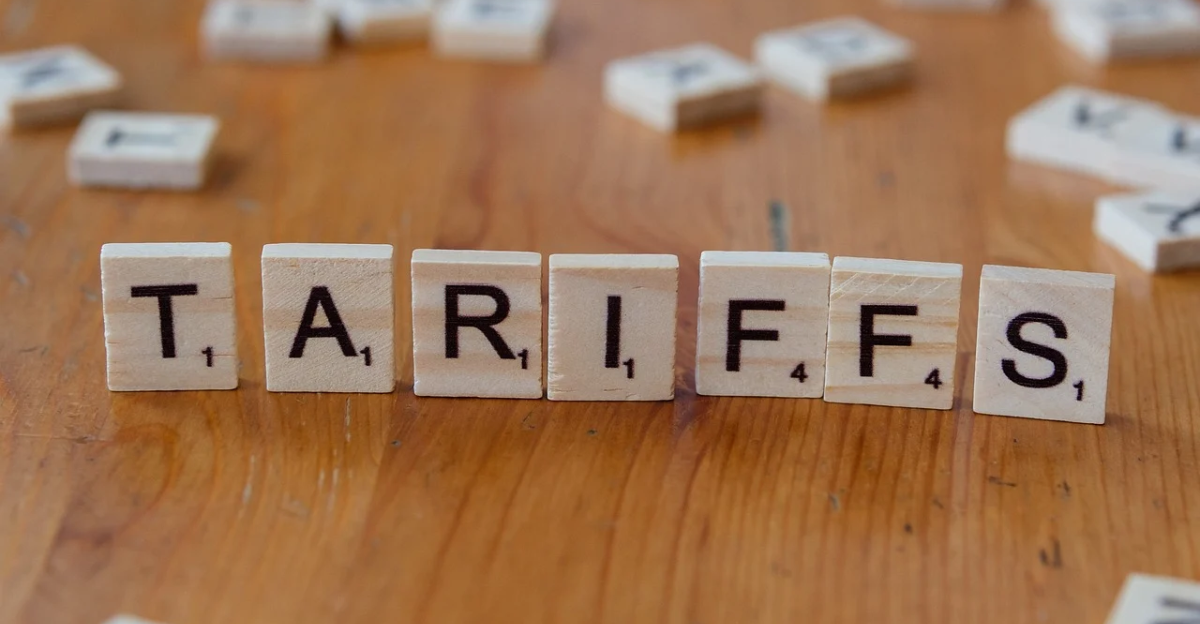
There is already a shortage of matcha products, and the tea is also encountering a price increase, but as with any product coming from overseas, you have to look into the potential impact of Donald Trump’s tariffs. All matcha-producing countries will likely be affected.
The United States recently announced that it had reached a trade agreement with Japan. This will add a 15% tariff on all products coming in from Japan and will likely affect the price of matcha, as producers can pass the cost on to the customers. Tea coming in from Vietnam will face a 20% tax. A trade deal with China has not been made yet.
Western Countries Have Tried to Produce Matcha
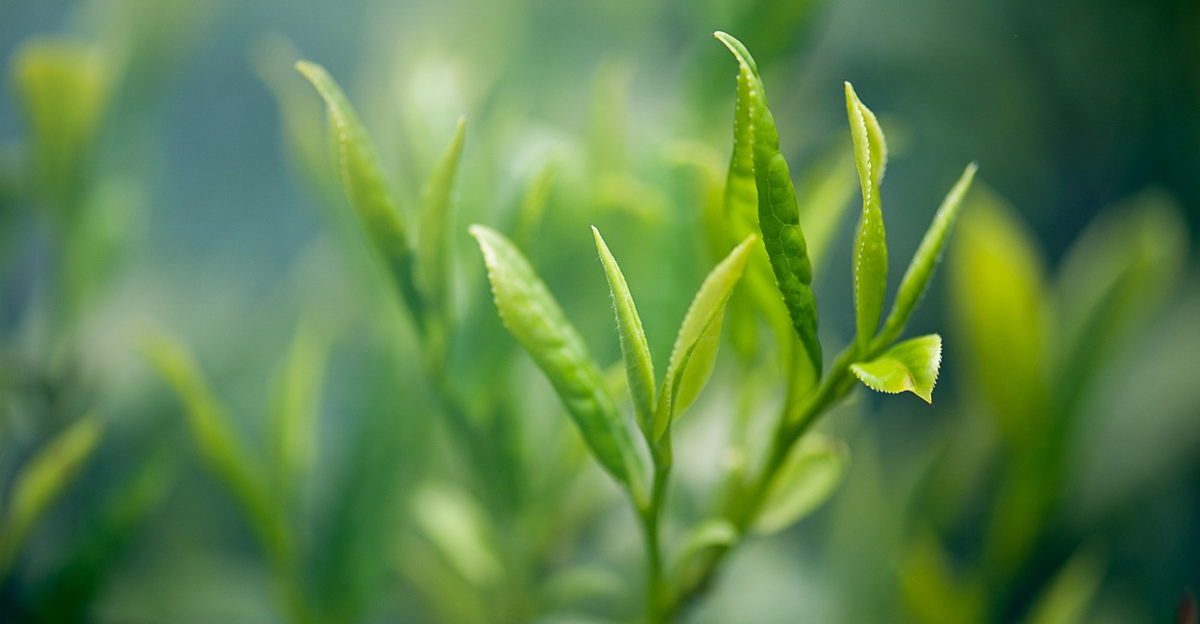
There are plants from Japan that can thrive in other environments, and this has led to other countries wondering if they could produce their own matcha rather than having to rely on Asian producers. Some have even put the plan into action.
Countries like Scotland, Georgia, and Portugal have climates that support matcha growth, but it hasn’t been tried yet. The American states of South Carolina and Washington have experienced some success in growing matcha, but they can only produce a small amount. No country has been able to match the quality of Japan’s matcha production at this point.
Conclusion
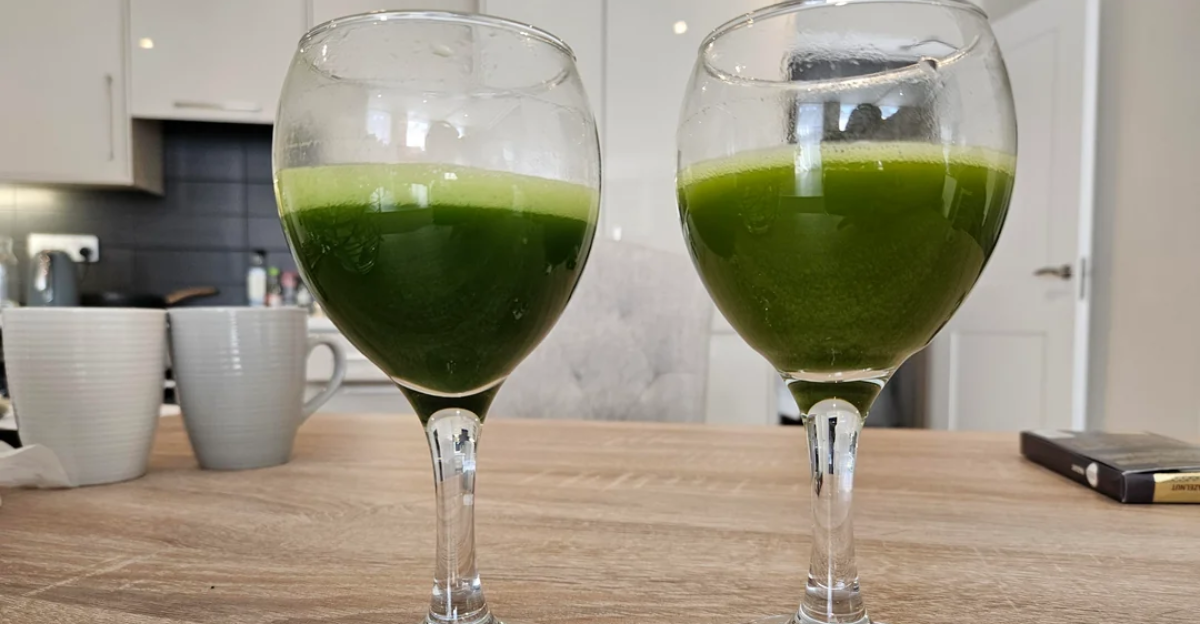
It isn’t unusual for something to become so popular that demand outpaces supply over the long term. The problem here is that companies are usually able to meet that sustained demand by building more factories and hiring more people.
Since that will not be the case, matcha will be a delicacy that people will have to determine if the price point is worth it. And with the potential price increase due to looming tariffs, some people may decide this is a trend they no longer want to take part in.
